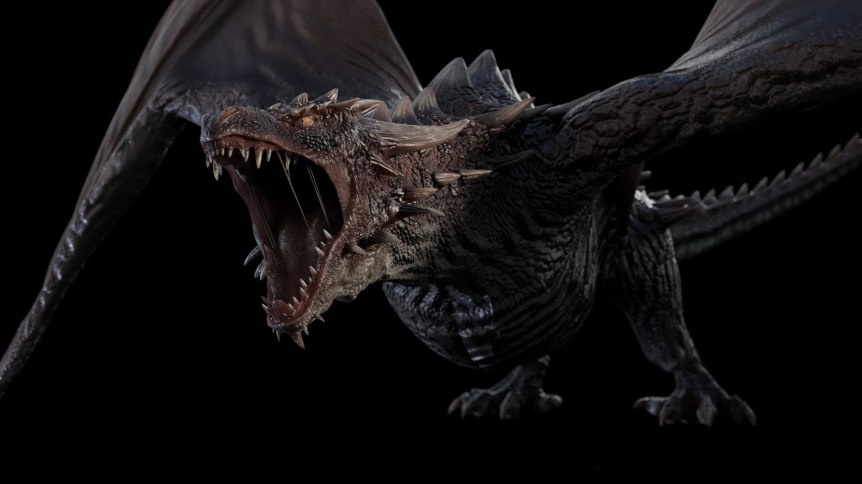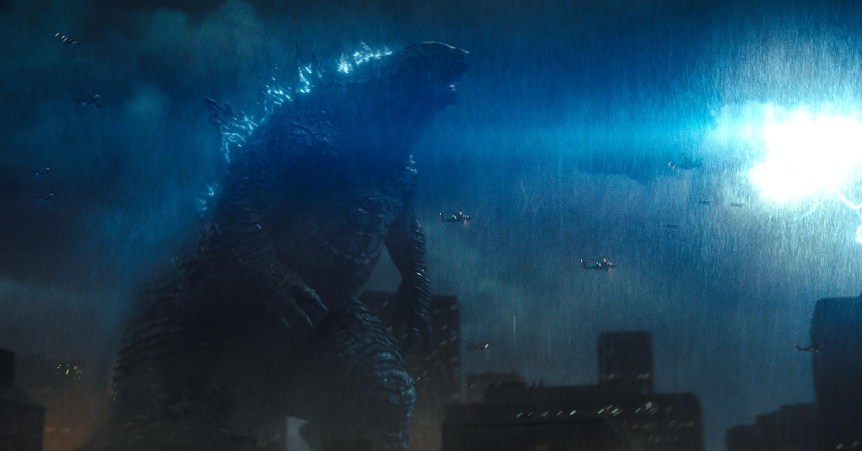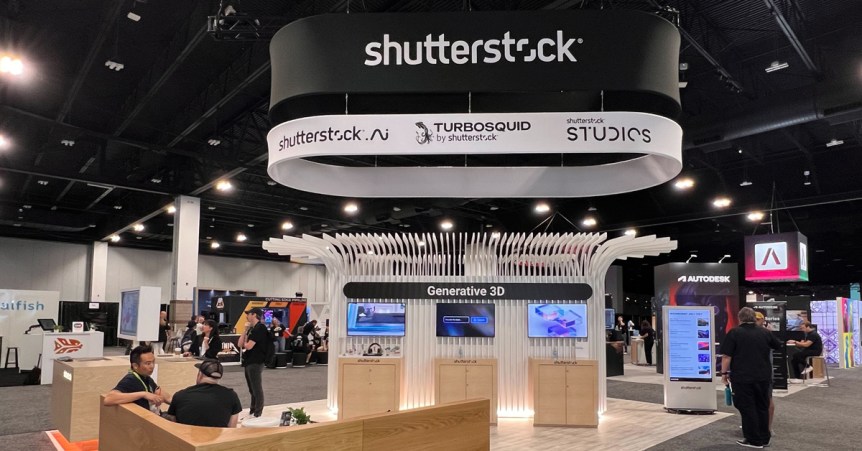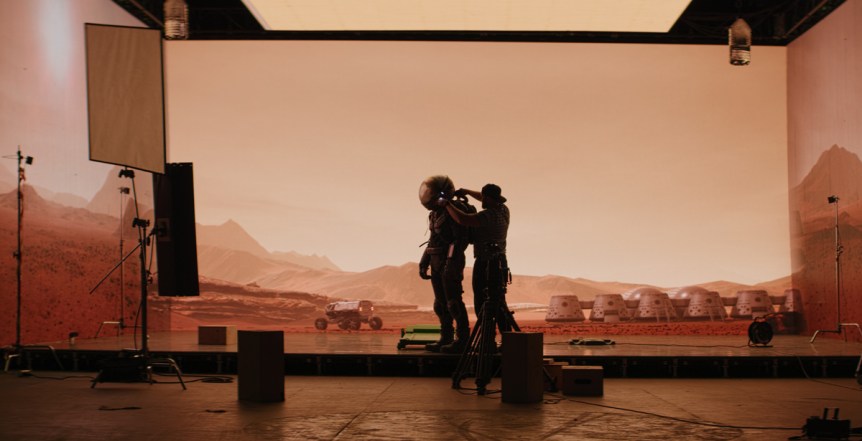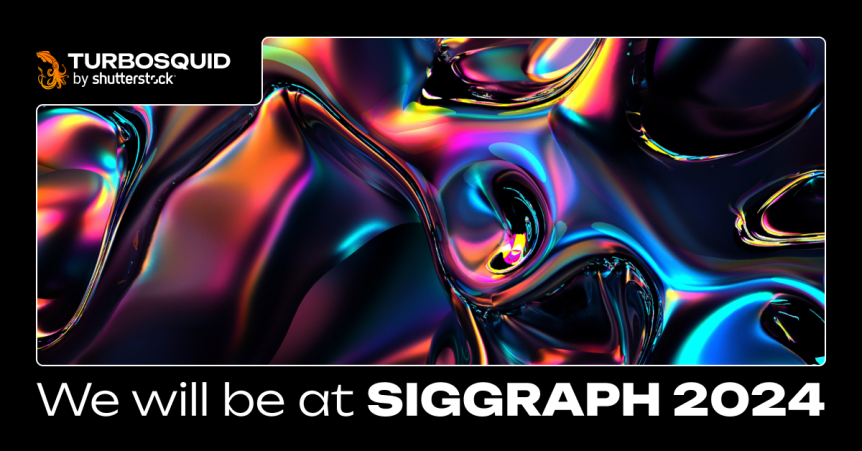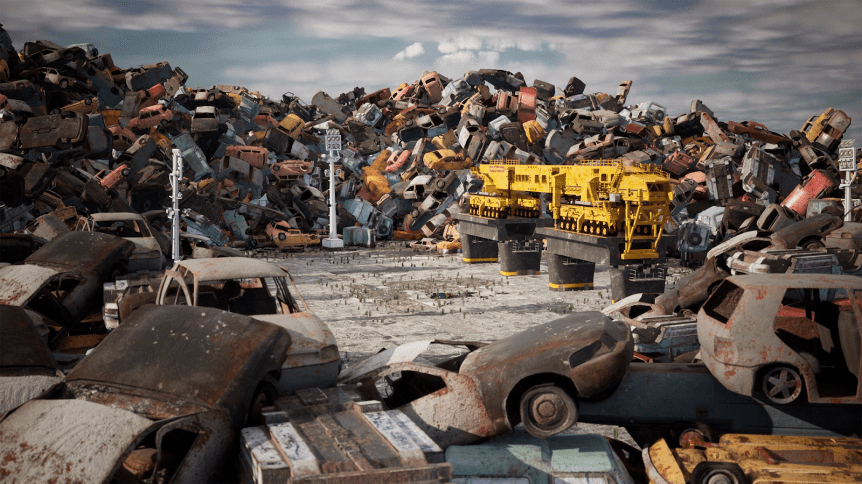Acquiring the perfect 3D game assets is both an art and a science. Online marketplaces like TurboSquid offer a wealth of possibilities for game developers, but there are also some key things to consider if you want to avoid solvable issues down the line. The good news is finding great assets is easier than you think. Just use this guide, …
Explore the Kaiju VFX techniques used in Godzilla movies
Kaiju. It’s a word almost synonymous with Godzilla movies. If you have some years under your belt, chances are the large lizard, or King Kong, was your first taste of the genre. Or if you’re younger, Mighty Morphin Power Rangers might have been more of your jam. Regardless of where you begin on the Kaiju timeline, audiences around the globe …
SIGGRAPH spotlight: Huge generative 3D launch news and more
This week at SIGGRAPH, we shared big news about the future of 3D Design. We showcased new technologies for 3D artists to add to their toolbox and our friends at NVIDIA, HP, WPP, and Trigger XR showed off their own cutting edge advancements. If you haven’t had time to catch up on everything coming out of the Mile High City, …
Digital sets, real impact: Virtual production’s role in a greener future
If you’ve paid attention to the Film—or even TV—landscape over the last decade, you’re probably no stranger to virtual production. Here at TurboSquid, it’s not uncommon to open up Slack and see our team sharing behind-the-scenes videos from shows like The Mandalorian and House of the Dragon, detailing how they pulled off some of the most epic, cinematic moments in …
TurboSquid at SIGGRAPH 2024: Get hands-on with generative 3D
We’re headed to Denver for SIGGRAPH 2024, and we’re bringing groundbreaking generative 3D innovations that are set to supercharge your workflow. Curious? Keep reading. Three days for the future of design Visit Shutterstock booth #415 for all the action. Experience the latest in our generative 3D technology at our demo stations, created in collaboration with our friends at NVIDIA. If …
Vault-Tec Approved: 3D Models Inspired by the Fallout TV Show
Unless you’ve been living in an underground vault, you might have heard that Amazon’s Fallout TV show has been raking in viewers — 65 million in the first 16 days according to Variety. Our team is among the millions. So we wanted to take some time to draw inspiration from the desolate, stylized beauty of Fallout’s post-apocalyptic world. Journey with …

